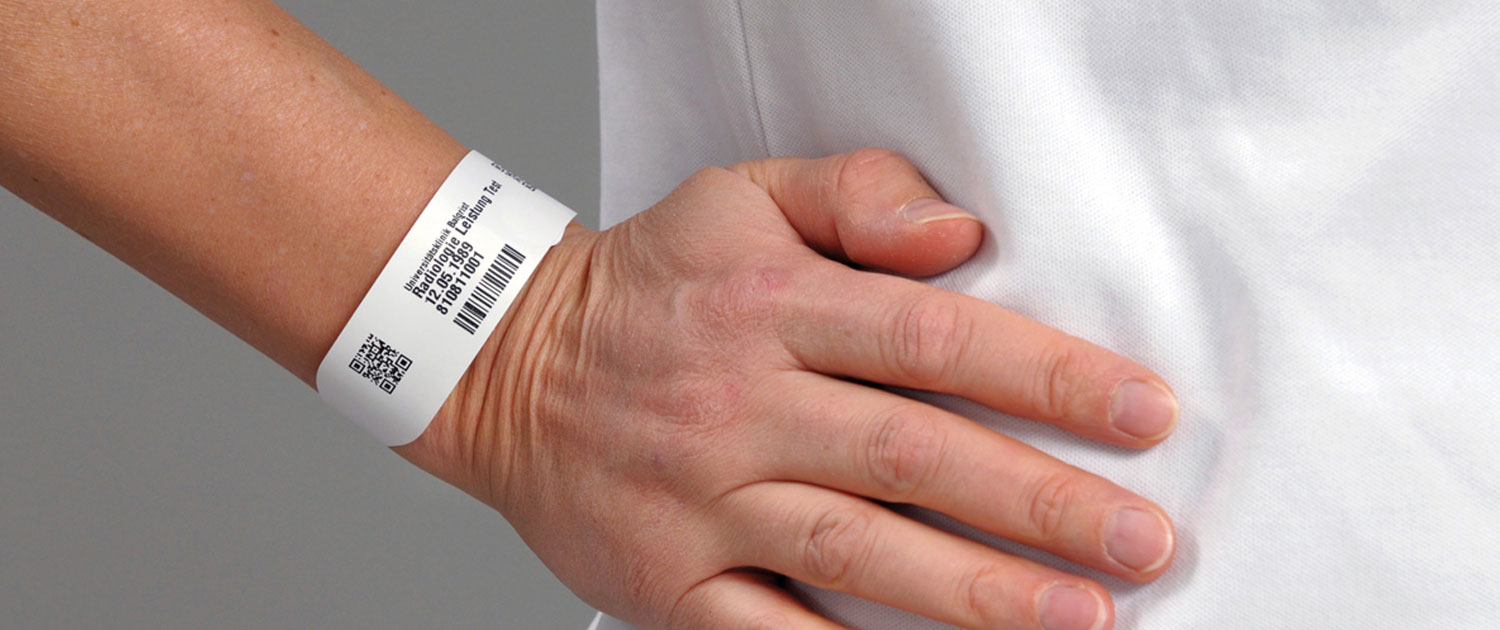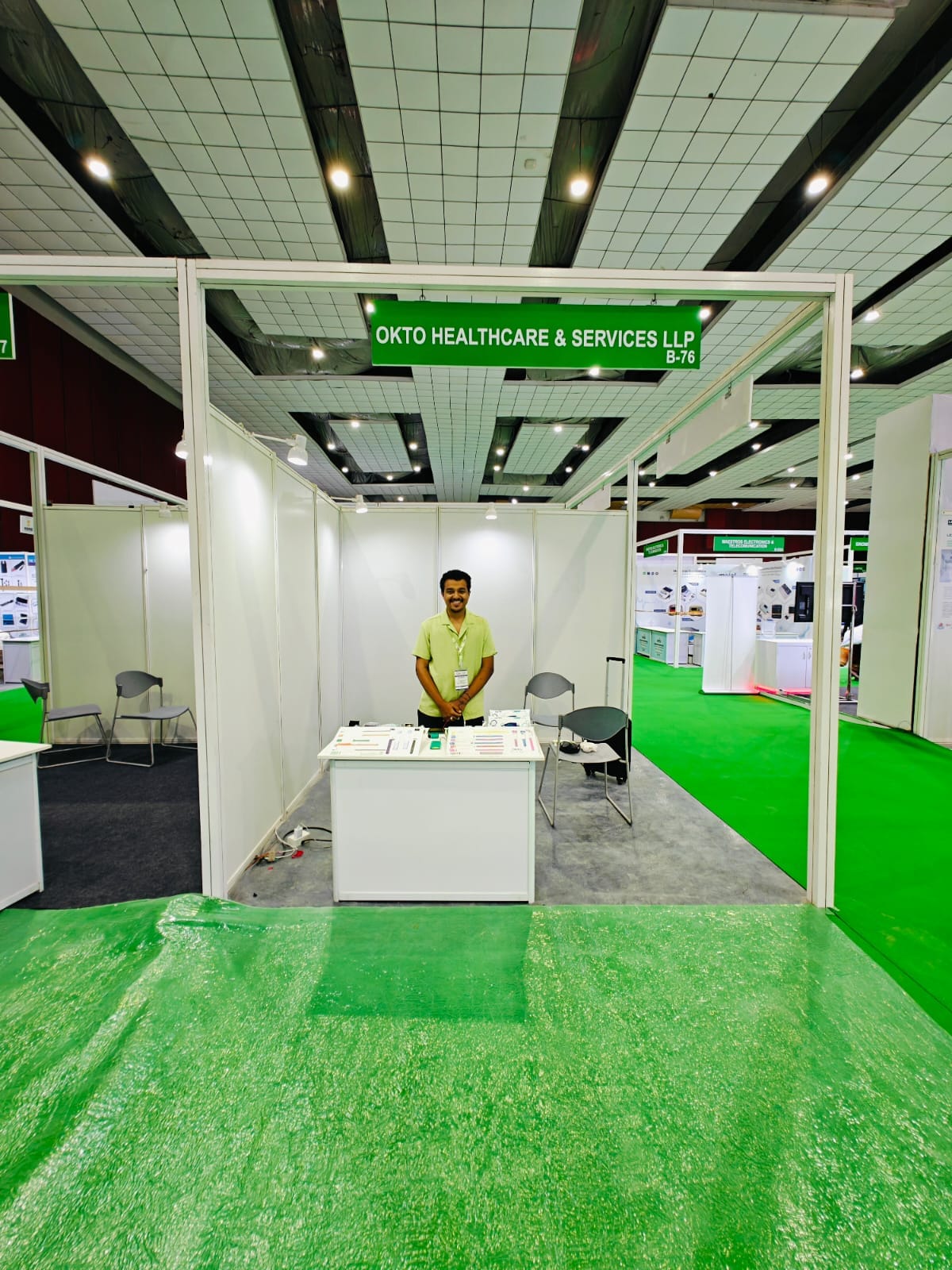Streamline Patient Management with a Well-Designed Patient Identification Band
Streamline Patient Management with a Well-Designed Patient Identification Band
Blog Article
Enhancing Individual Treatment With Effective Recognition Bands
The application of efficient recognition bands is a crucial element in enhancing individual treatment within healthcare setups. These bands not just serve to reduce the dangers connected with person misidentification however likewise streamline communication among medical workers, thereby promoting a much safer setting. Various sorts of identification bands deal with certain requirements, from resilient wristbands for grownups to specialized bands for babies and critical cases. As the landscape of client recognition advances, one must think about the implications of these systems on total health care shipment and patient outcomes. What technologies await in this vital location?
Relevance of Patient Recognition
Making sure exact patient recognition is vital in health care settings, as it straight impacts the safety and security and top quality of treatment offered. Misidentification can result in significant errors, including administering the incorrect drug, doing inaccurate treatments, or miscommunicating crucial individual information. Such errors not just jeopardize person safety and security but can additionally lead to legal ramifications and decreased rely on medical care systems.
Efficient client recognition is essential to establishing a secure environment where individuals obtain suitable and customized care. It helps with the exact paperwork of medical backgrounds, allergic reactions, and treatment strategies, making certain that doctor have access to important info whatsoever times. Moreover, robust recognition procedures help improve interaction among medical personnel, boosting cooperation and decreasing the danger of errors.

Types of Recognition Bands
Identification bands play an essential function in preserving accurate individual documents and boosting safety and security within healthcare settings. Various types of identification bands are utilized to provide to the specific requirements and needs of various individual populaces.

One more kind is the ankle band, which is specifically beneficial for newborns and babies, ensuring that identification continues to be undamaged also throughout care treatments. Specialty bands, such as those for allergic reaction alerts or drop risk indications, give additional layers of safety and security by drawing immediate interest to critical individual conditions.
Lately, electronic recognition bands have actually acquired popularity, incorporating barcodes or RFID modern technology that can be scanned to promptly obtain client data. These bands enhance workflows and decrease the risk of human mistake during client identification procedures.
Advantages of Efficient Recognition
Effective identification of clients with the use of identification bands adds considerably to general patient security and care high quality. By making sure that each person is properly identified, doctor can effectively match clinical therapies and procedures to the proper individual, check my source minimizing the threat of errors. This is especially important in environments with high patient turn over, where the possibility for misidentification is greater.
Moreover, reliable recognition bands improve communication amongst health care groups. Precise and clear individual identification fosters collaboration and makes certain that all staff member understand an individual's particular requirements and case history. This interaction is vital for providing collaborated care, specifically in emergency situations where time is essential.

Inevitably, efficient recognition with making use of identification bands not just safeguards people yet likewise promotes a culture of safety and security within health care centers (Patient Identification Band). By focusing on precise identification, medical care companies can improve outcomes and boost the general client experience
Implementing Recognition Solutions
While the importance of person recognition is well recognized, the execution of durable identification systems positions a complex challenge for medical care companies. Establishing reliable recognition systems requires a thorough strategy, incorporating innovation, personnel training, and procedure integration.
First, companies need to choose appropriate recognition modern technologies, such as barcode scanning, RFID, or biometric systems. Patient Identification Band. These innovations must be assessed based upon price, use, and compatibility with existing facilities. A pilot program can help determine possible problems before major implementation
Next, thorough training for personnel is necessary. All personnel should understand the relevance of exact individual recognition and be skilled in using the selected innovations. Normal training updates and analyses can reinforce finest practices and ensure continued Recommended Reading conformity.
Furthermore, healthcare organizations must create standard procedures for individual identification across all divisions, boosting and decreasing discrepancies communication. Routine audits can assist determine gaps in adherence to these methods.

Inevitably, a reliable execution of recognition systems not just boosts person safety and security however also fosters a society of liability and diligence within healthcare settings, making certain regular and trusted individual care.
Future Trends in Patient Recognition
Improvements in technology are established to change patient identification practices in medical care settings. The assimilation of biometric recognition approaches, such as fingerprinting and facial acknowledgment, is expected to boost accuracy and security. These modern technologies can substantially decrease the threat of misidentification, making sure that individuals receive the right treatments and drugs.
Additionally, the implementation of blockchain modern technology for client records is acquiring grip. This decentralized method can give a tamper-proof and secure approach for managing individual identities, consequently streamlining accessibility to crucial details across various doctor.
An additional fad is the raising use mobile wellness applications that leverage QR codes for individual identification. These applications enable real-time updates and very easy access to individual information, encouraging healthcare experts to make enlightened decisions swiftly.
In addition, expert system (AI) is poised to play a crucial role in assessing patient recognition data, identifying patterns, and anticipating possible identification errors prior to they occur.
As these innovations evolve, they assure not just to improve patient security however likewise to boost the general performance of healthcare delivery systems. Embracing these developments will certainly be essential for future-proofing person care practices.
Conclusion
In conclusion, effective identification bands are vital for enhancing person safety and security and care top quality within medical care settings. By decreasing the threats connected with misidentification, these bands assist in accurate and timely details access, eventually enhancing communication among doctor. The application of robust identification systems not just promotes a society of security yet likewise positions healthcare establishments to adapt to future patterns in person recognition technology, ensuring optimum results for clients in varied scientific atmospheres.
As the landscape of individual identification progresses, one need to consider the ramifications of these systems on overall healthcare distribution and individual outcomes.Reliable individual recognition is essential to establishing a secure atmosphere where patients get suitable and tailored care. Inevitably, focusing on reliable patient recognition strategies not just fosters a society of safety and security however additionally contributes to enhanced client results and general contentment with healthcare solutions.
Reliable identification of individuals through the use of recognition bands adds considerably to total client safety and security and care quality. The application of durable identification systems not just fosters a culture of security yet likewise positions health care establishments to adjust to directory future fads in individual identification technology, making sure optimum outcomes for patients in diverse medical atmospheres.
Report this page